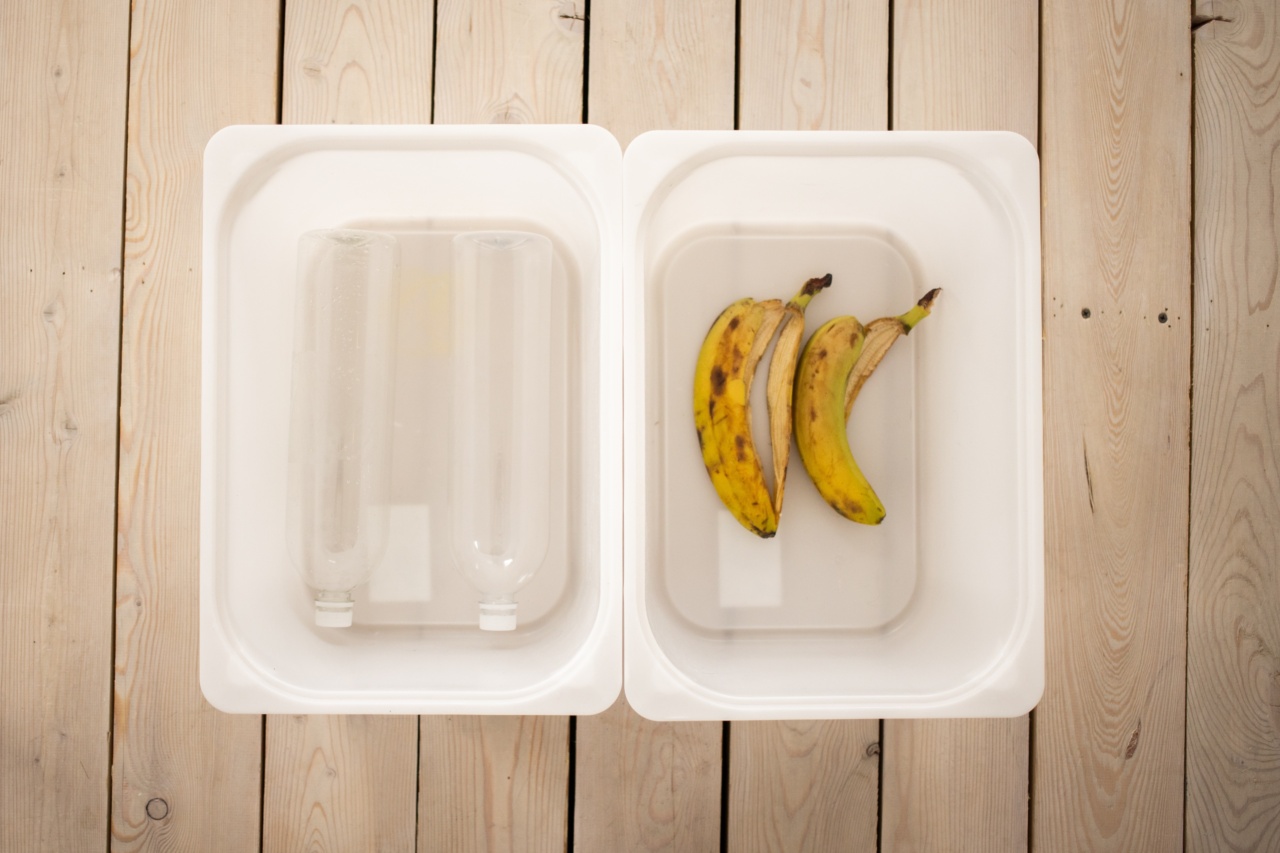Gravity is an essential force that shapes the behavior and movement of objects and organisms on Earth’s surface.
However, what happens when this force is significantly reduced? The impact of lack on reduced sinking gravity has been a subject of interest and study for scientists, as it has significant implications for various aspects of our world.
Effects on Plants
Plants have evolved to adapt to the prevailing gravitational force on Earth, which allows them to anchor themselves in the soil and grow upright towards the sky.
When exposed to reduced sinking gravity, the growth patterns of plants can be dramatically affected. Research conducted in microgravity environments such as space stations and satellites has shown that plant roots grow in a random and chaotic manner, resulting in reduced nutrient uptake and overall stunted growth.
Furthermore, without the stabilizing force of gravity, plants struggle to maintain their structural integrity. In the absence of downward pressure, stems become weak and brittle, leading to bending and deformation.
This can have detrimental effects on crop production and food supply, especially considering the increasing interest in cultivating plants in space for long-duration missions.
Effects on Animals
Just like plants, animals have adapted to the gravitational force present on Earth. Reduced sinking gravity can have profound effects on their physiology and behavior.
Studies conducted on animals, such as mice and birds, exposed to microgravity have revealed various issues, including muscle and bone deterioration, altered cardiovascular function, and impaired spatial orientation.
In microgravity environments, muscles are not required to work as hard to counteract the force of gravity, leading to reduced muscle mass and strength.
This can be problematic for astronauts returning to Earth, as they may experience difficulty performing basic tasks that require substantial muscle strength.
Additionally, the skeletal system is affected by reduced sinking gravity. Calcium loss from bones occurs at a higher rate in microgravity, leading to bone density reduction and an increased risk of fractures and osteoporosis.
This not only impacts the overall health of astronauts but also poses challenges for long-duration space travel where maintaining bone strength is crucial.
Effects on Humans
Space missions have allowed us to study the effects of microgravity on the human body more extensively. Spending extended periods in space can lead to numerous physiological changes and health issues.
Astronauts often experience muscle atrophy and loss of bone density due to reduced sinking gravity. The lack of gravity also affects their cardiovascular health, causing weakened heart muscles and changes in blood flow distribution.
Furthermore, the vestibular system, responsible for our sense of balance and orientation, is disrupted in microgravity environments. This often leads to space motion sickness, a condition characterized by nausea, disorientation, and vomiting.
The lack of gravity-induced downward pressure on bodily fluids also results in fluid shifts towards the head, causing facial congestion and a sensation known as “puffy-face syndrome.”.
Implications for Space Exploration
The impact of lack on reduced sinking gravity has significant implications for space exploration and long-duration missions.
As space agencies and private companies plan for missions to other planets or the colonization of celestial bodies, understanding the effects of reduced gravity on humans, plants, and animals becomes crucial.
Research in this area aims to develop countermeasures and technologies to mitigate the negative consequences of reduced sinking gravity.
For instance, exercise equipment and specialized training programs are implemented on the International Space Station to combat muscle and bone deterioration experienced by astronauts.
Additionally, scientists are studying the potential of artificial gravity, which could be generated through centrifugal force or the design of rotating habitats.
Creating an environment with artificial gravity may help alleviate the adverse effects of reduced sinking gravity on living organisms, ensuring their health and well-being during space missions.
Conclusion
The impact of lack on reduced sinking gravity has far-reaching consequences for plants, animals, and humans.
From affecting plant growth patterns and structural integrity to causing muscle and bone deterioration in animals and humans, reduced gravity presents numerous challenges. Understanding and addressing these challenges is critical for advancements in space exploration and ensuring the well-being of astronauts.
By continuing research and developing innovative technologies, we can pave the way for successful long-duration space missions and the future colonization of other celestial bodies.





























